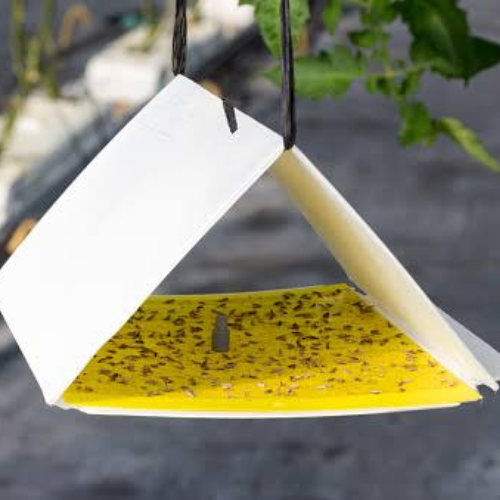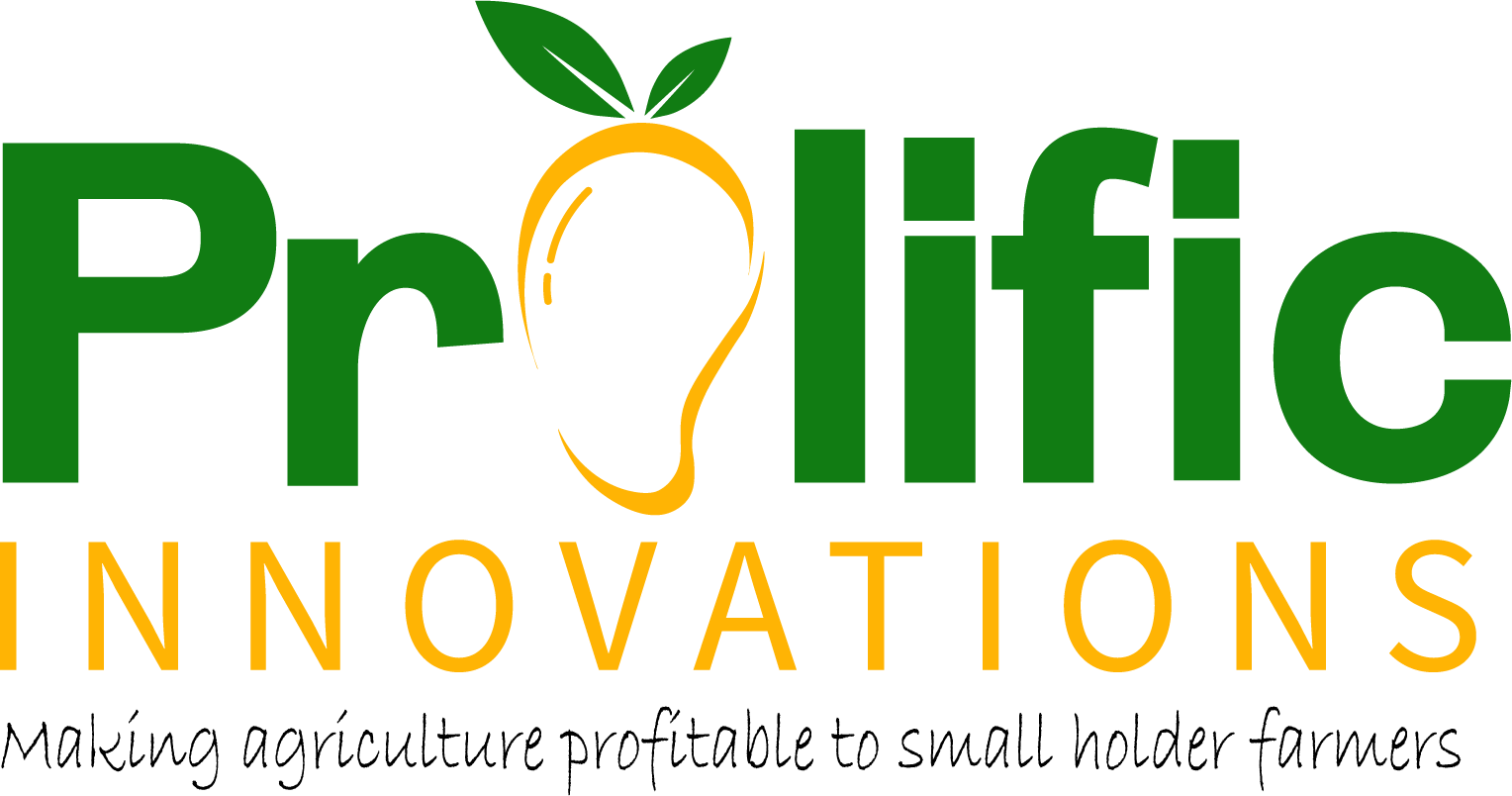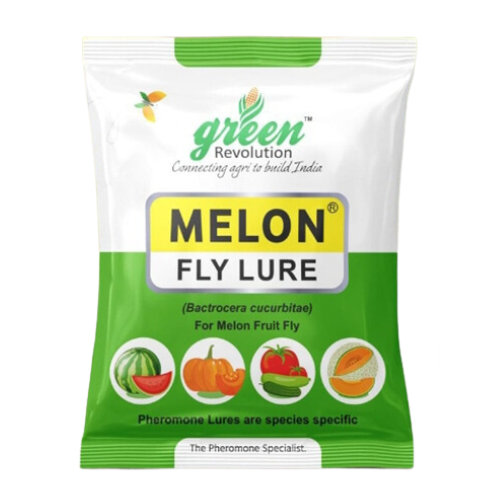Description
Delta traps are a type of insect monitoring tool used in agriculture to detect and monitor the presence of specific insect pests. These traps are designed to be highly effective, especially for monitoring flying insect populations. Here are key features and applications of delta traps:
Design:
Delta traps typically have a triangular or delta shape, which is where their name originates. They are often made of a durable material such as plastic or cardboard.
Color:
The traps are commonly yellow or another bright color. Insects are attracted to these colors, making the traps more effective in capturing them.
Adhesive Surface:
The surface of delta traps is coated with a sticky adhesive. When insects come into contact with the adhesive, they become trapped on the surface.
Pheromone Lures:
Many delta traps incorporate pheromone lures. Pheromones are chemicals that insects release to communicate with each other. By mimicking these chemicals, the traps attract specific pests, making them particularly useful for monitoring the population of a targeted insect species.
Monitoring and Detection:
Delta traps are strategically placed in fields or orchards to monitor insect activity. They help farmers and pest control professionals detect the presence of pests early in the growing season.
Integrated Pest Management (IPM):
Delta traps are an integral part of Integrated Pest Management (IPM) strategies. By accurately monitoring pest populations, farmers can make informed decisions about whether and when to implement control measures, such as the application of pesticides.
Targeted Species:
Delta traps are often used for monitoring specific pests depending on the type of pheromone lure used. For example, they may be employed to monitor moths in orchards or fields.
Environmentally Friendly:
Compared to widespread pesticide applications, the use of delta traps is more targeted and environmentally friendly. It allows for a more precise and judicious use of pest control measures.
Cost-Effective:




